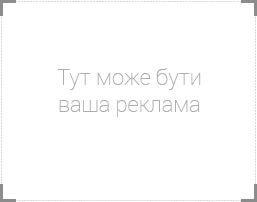That’s me in the picture: Markiyan Matsekh plays the piano for riot police in Kiev, 7 December 2013

My dad thought it was a stupid idea. He said, “Son, it’s a nice thought, but these people have been beaten by riot police. How is a piano going to cheer them up?” I just wanted to give people a reason to keep protesting.
On 30 November, there were 300 students in the city square singing in peaceful protest at the president’s resistance to greater integration with the EU, and they were brutally beaten by riot police. We demanded that the president resign, but nothing happened. There was no justice. We had lost hope.
I managed to convince my father we should use a piano, and it was his idea to put it in front of the police, to give the world a strong, visual image of what was going on. We saw the piano for sale in the paper and we set up a workshop in a friend’s garage, to paint it in the national colours, in secret – the flag was a sign of protest at the time. I work at a software development company, so we had to wait until the evening to paint it. We finished around 3am.
I knew that taking the piano to the site was risky, so I told journalists to be there. I figured: if I’m going to get beaten up over a piano, it should at least make the news.
The police were strict on not letting cars through. I told the piano movers that if they were stopped they should tell the police they were delivering it to someone’s house. The police bought the story, and let them into the square, where I was waiting. We took the piano out and put it in front of the line of officers. I watched for a second, but they just looked confused. I said, “Move it five metres closer!”
Straight away, people gathered and started playing it, and it transformed the mood into something positive. I took off my coat and started playing Chopin’sWaltz in C-sharp minor. It was about -15C, and my fingers could barely move. I only managed to play for about a minute and a half. Not my best performance.
One of our aims was to get the police on side: we had been chanting: “The police are with the people.” We wanted them to know they could refuse to be violent. Their reactions were mixed – some had been told to be stern, but others were singing along.
We were shocked at how quickly the picture spread on social media. We wanted to show the world we weren’t extremists, and it worked. I woke up one day to a phone call from a friend, screaming, “You’re on Richard Branson’s T-shirt!” (He was pictured wearing an illustration of the photograph.)

Afterwards, the piano was moved to Maidan square in Kiev, where it stayed (and was played by protesters) until this summer.
It’s hard to measure whether the piano did anything for the revolution, but one story did strike me. A few days later, I was staying at a hostel in Kiev, and the owner, Olga, came to me with her friend’s Facebook status update: she was walking past the piano site in Maidan and saw a stationary bus with riot police inside. One of them beckoned to her. He wiped away the condensation on the window, and wrote her a message on his mobile phone. He held it up to the glass. It said, “We are with you.”
• Interview: Erica Buist












Comments